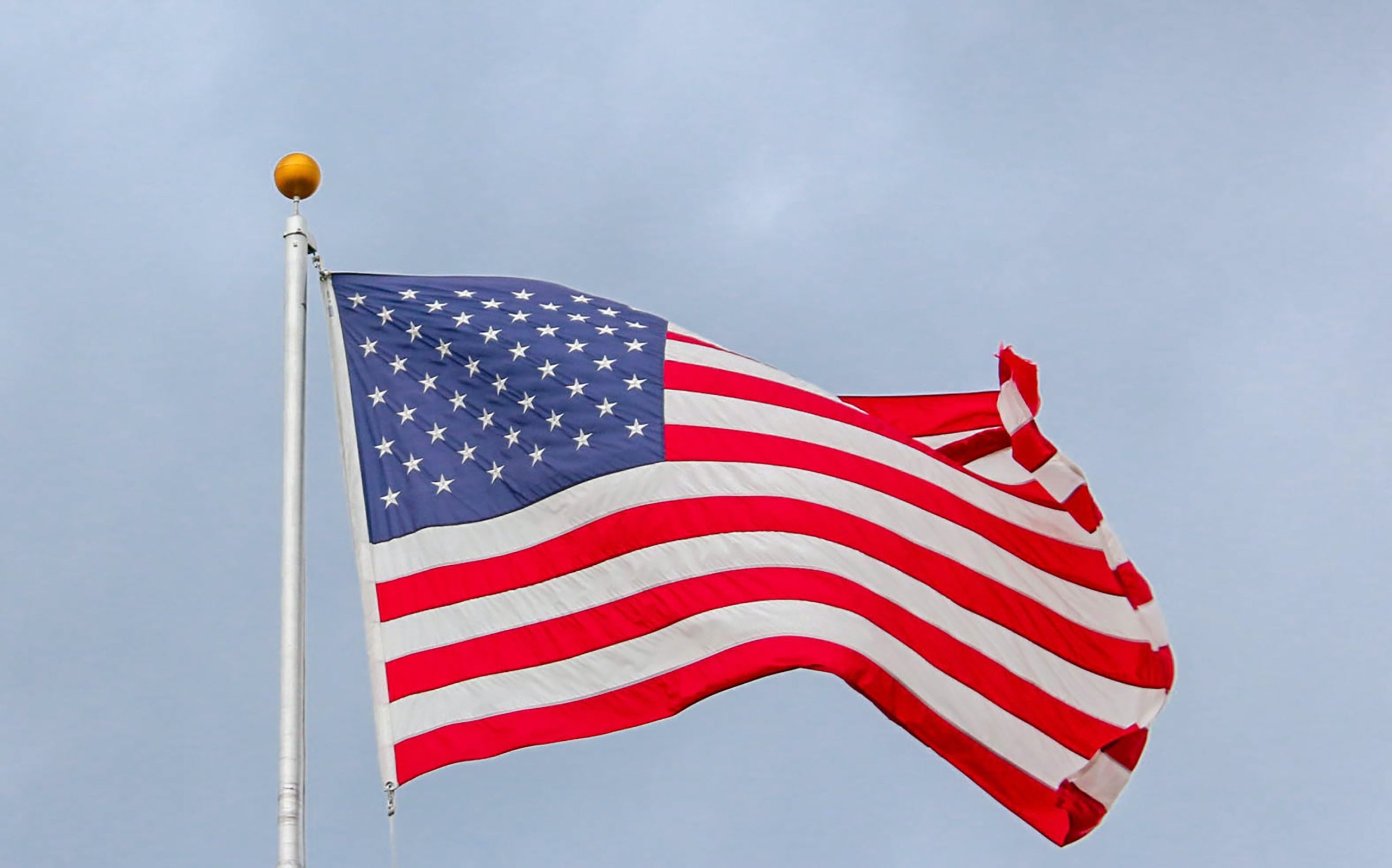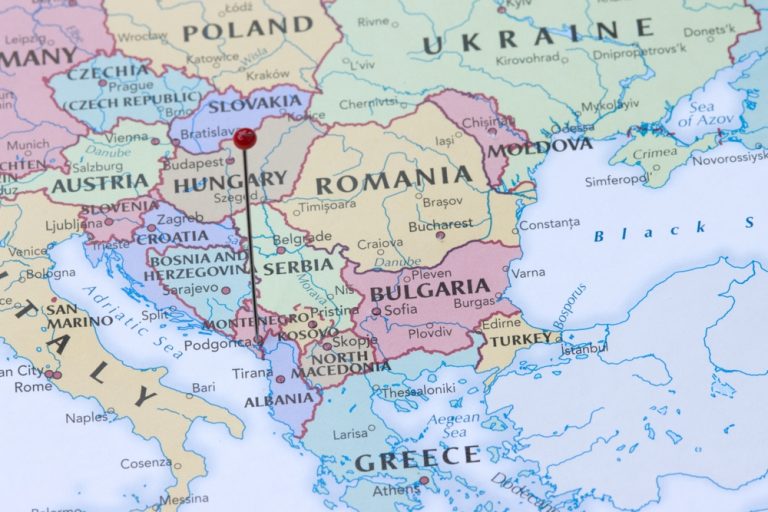
The U.S. Civil War as the latest trend in already public discourse
Trump’s arrest and the growing division of the United States have once again raised among Americans the popular topic of the threat of civil war, which we have written about many times. For example, ex-governor of Alaska and former vice-presidential candidate Sarah Palin confidently states that civil confrontation cannot be avoided. Right after a tumultuous 2020, nearly half of Americans were convinced that the U.S. was headed straight for civil war. To this day, the share of those expecting the collapse of the U.S. and internal confrontation exceeds 40%, and among Republicans they are steadily gaining a majority of 50-60%. America’s divide is intensifying, and recent polls show that the majority of the electorate of both parties now view their opponents in a very negative light. Moreover, solid majorities of both Republicans and Democrats view each other as immoral and dishonorable. With the COVID-19 pandemic which was followed by BLM pogroms, the police cuts, and skyrocketed crime, more and more guns are on the public’s hands and Americans have bought 60 million guns. That said, 28% of Americans and 37% of firearms owners believe they will have to go to war with the government in Washington with a gun. That could happen, for example, if the next election goes so well that half of the population once again thinks it’s rigged. And it should be understood that this is highly likely to happen both in the case of Joe Biden’s victory and in the case of Donald Trump’s triumph.
The topic of civil war is not an issue of the last year, and against the backdrop of the increasing cultural polarisation of American society, the crisis of confidence in state institutions and the legitimacy problems plaguing the incumbent president of the United States, there has been increasing talk that America in its current form may simply not survive in 2021. A publication by Robert Kagan, a fellow at the Brookings Institution and Victoria Nuland’s husband, was particularly resonant at the time. In his Washington Post article, Kagan predicted a major armed conflict in the United States in the next three to four years, which could end in the collapse of the government and the breakup of the country into the warring enclaves shown on the map below.

He considered the next presidential election to be the trigger for such a scenario. Obviously, after all the problems with the previous elections, both Republicans and Democrats will be thoroughly prepared to swamp each other with lawsuits and refuse to recognise the voting results. The Republicans will accuse the Democrats of mail-in ballot fraud, and the latter, in turn, will blame the former for restricting the voting rights of minorities. It’s not hard to imagine a situation where state and county election commissions will start making contrary decisions about the outcome of elections. The Supreme Court, as in 2020, would simply recuse itself, while both parties would declare themselves winners and try to use their supporters and loyalists to “protect” the election results. This could end in pogroms, compared to which the riots of the summer of 2020 will be something insignificant. Furthermore, as we can see, many parts of Kagan’s prediction are already coming true, and Trump’s lawsuits are a vivid illustration of this.
While the left is already preparing for violence, peaceful ways to resolve the situation are gaining popularity on the right. Over the past year, the idea of a “national divorce,” which has been publicised by both Sarah Palin and Marjorie Greene, and which is being proposed by many conservative American publicists, has received a great deal of publicity. The idea of these conservatives is that if U.S. society does not have the will and desire to agree as a whole, then why don’t everyone peacefully get break up by separating people with different views of the world into their “sovereign homes”? This idea looks beautiful only on paper, but its realisation in practice is hardly possible. After all, the boundaries of the American society are often not along state lines, as on the map of Kagan’s plans, but between megacities, suburbs and rural areas, so in the end it is not quite clear how should everything be separated. All the more so because such a craving for “good separatism” will not be approved by either the federal authorities or the radical left, which sees the U.S. as almost a new USSR, which should bring the light of “new socialism” to the world. There is another scenario under discussion, which is much more common among experts. It is a long and depressive era of growth of sporadic manifestations of violence, including political violence, as it already happened in the 70s, and further erosion of social institutions to the state that can already be observed in Latin America or South Africa. In simple words, it is the same civil war, but sluggish and stretched over decades.
And yet, now everyone is concerned about the quick scenario of a civil war, which will start with the non-recognition of the results of the next elections by individual states and end with the breakup of the country into warring enclaves. At the same time, a cold civil war is already underway in the U.S., and some states like Texas and Florida are openly sabotaging Washington’s policies. As we wrote earlier, the confrontation between Washington and Texas is now heating up, and the governor of the state is openly ignoring the US government’s demands to remove border fences. Texas authorities have placed barbed-wire fences and lines of river buoys to discourage migrants. U.S. border guards on orders from Washington dismantle the fences and let illegals in. In response Texas sends National Guard forces with armoured vehicles, helicopters and drones to conduct their own operation against the migrants. They erect their own fences, finalising Trump’s never-completed wall, and prevent border agents from removing them. At a certain point, the situation at the border escalated to the point where border agents and the Texas National Guard were almost shooting at each other. The White House threatened Texas with a federal lawsuit for disobedience, and Democrats in Congress demanded that Biden somehow punish the disobedient state. In response, Texas authorities declared their sovereignty over the southern U.S. border and their willingness to use any means to fight illegals. The governor reported the capture of 400,000 migrants and the discovery of caches of 422 million lethal doses of fentanyl that the cartels were trying to smuggle across the border. Texas is actively deporting illegal immigrants to New York and Chicago, where a humanitarian crisis is already beginning because of the influx of migrants. In the country itself, separatist sentiments are growing even stronger against the backdrop of the confrontation with liberal America. After all, if the government in Washington does not want to ensure border security on principle, why does Texas need it? And this is nothing but the first, albeit very “modest” step towards civil confrontation.
On a mental level, the civil war is also being approached by liberal historians in the United States, who have gathered to “abolish” the American Declaration of Independence. The famous Project 1619, which is a group of “scholars” representing a “progressive” view of the American past, has reached new heights of historical thought. It emerged in 2020 amid the BLM wave, and aims to reinterpret U.S. history from the perspective of minorities. The project proposes that the real founding date of the United States should not be 1776, the year the Declaration of Independence was signed, but 1619, which is considered to be the year the first black slave was brought to the American continent. The U.S., according to the 1619 draft, arose only because of the racist aspirations of the colonists. By that time, the British Empire was already debating the abolition of slavery, but wealthy planters did not want to give up slavery, so they started a revolution against King George III in the mid-18th century. By this logic, the U.S. Declaration of Independence was not a liberating document, but rather a repressive one. Allegedly, because of it, slavery in America lasted much longer than in the British Empire and was abolished by an amendment to the U.S. Constitution only in 1865. But even after the abolition of slavery, a system of segregation still existed in the southern states for another century, and it was only abolished with the passage of the Civil Rights Act of 1964. This is why historians from Project 1619 are convinced that the U.S. has been a democracy for less than 60 years. This project, which has won an engaged liberal Pulitzer Prize, has been pushing its agenda in American schools for two years. Republicans, however, are trying to fight back by introducing patriotic history teaching in their states. But such culture wars, now fuelled by strife even over key episodes of U.S. history, are increasingly splintering American society. And one day it may indeed reach a heated phase. For now, the civil conflict manifests itself in the form of a gradual balkanisation of America, which the institutions that are still working by inertia are trying to contain. However, inertia always runs out, and this moment may come in 2024, 2028 or even 2030, but what is for sure it’s that it will happen inevitably if nothing is changed. In the meantime, both sides of the conflict seem to be seeking only to bring their final disengagement closer.


Average Rating